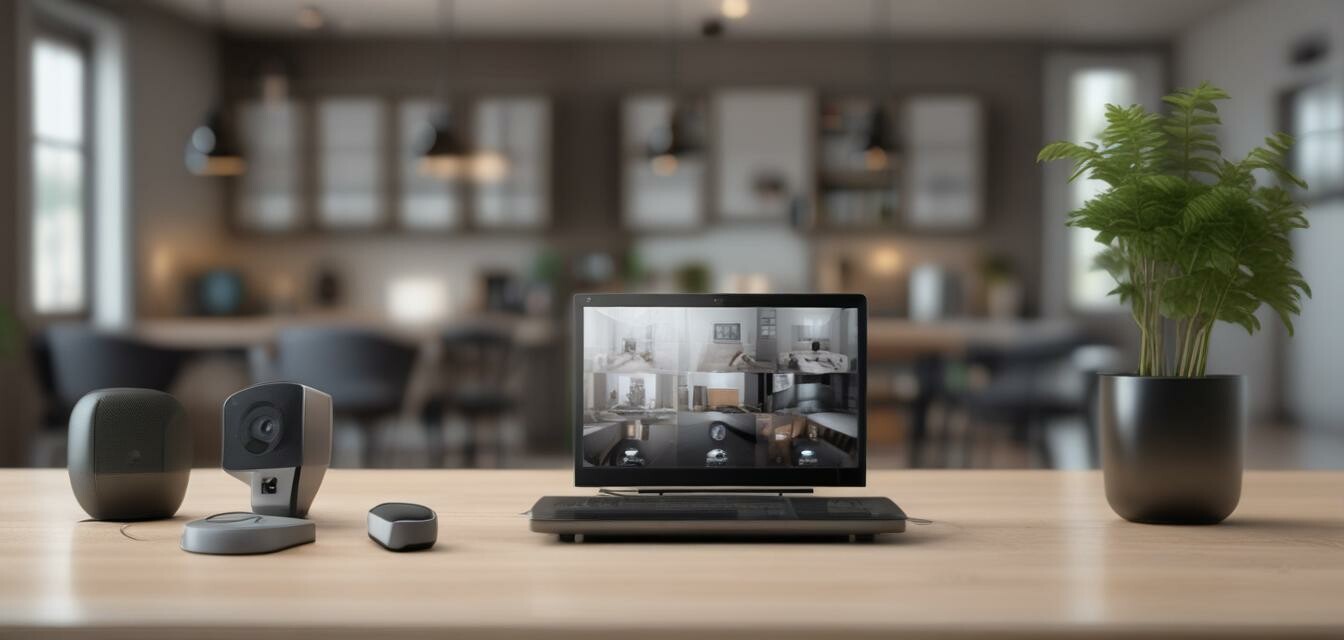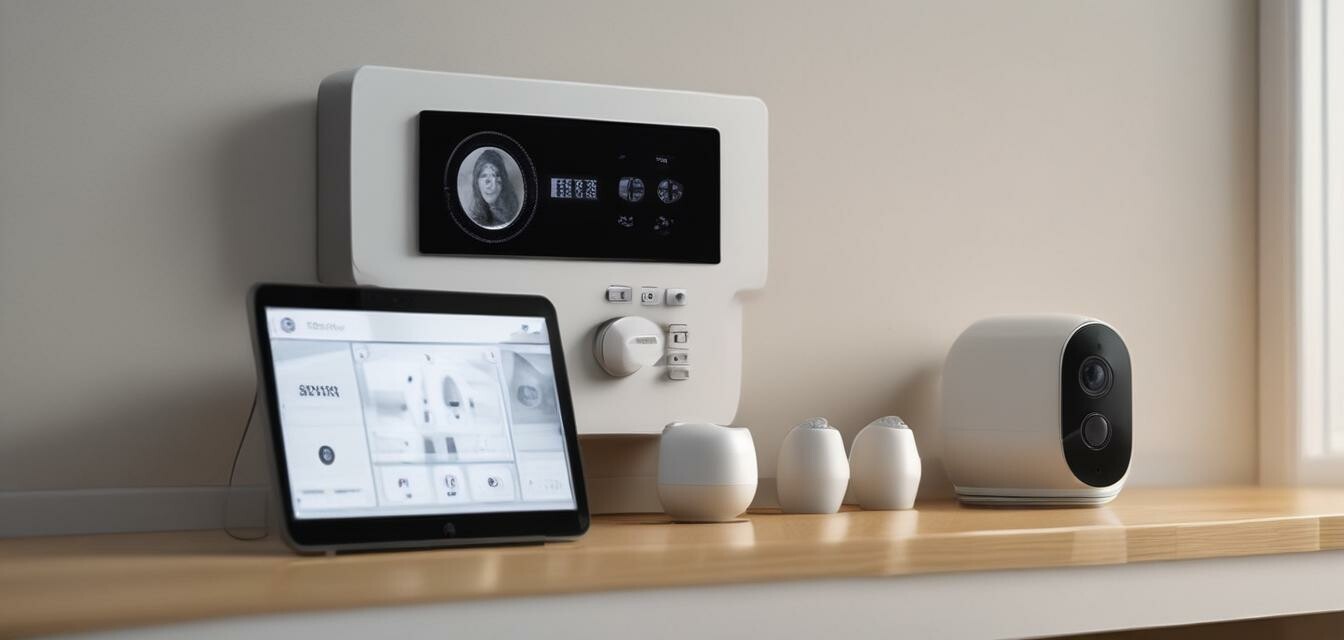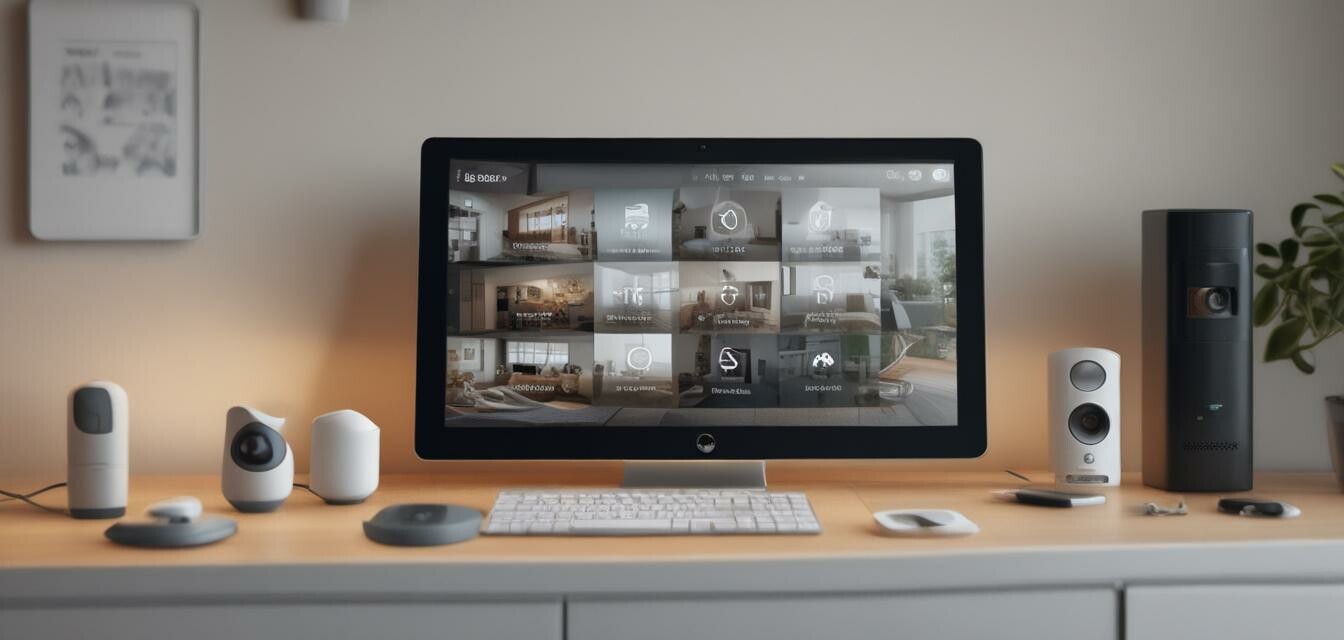
Cost and budgeting for smart home security
Key Takeaways
- Smart home security systems can vary widely in cost, depending on features and technology.
- Budgeting for security involves understanding upfront costs and ongoing expenses.
- Investing in smart technology can lead to long-term savings through energy efficiency and crime prevention.
- It's essential to choose the right balance between cost and features to fit your specific needs.
As the need for home security grows, many homeowners are turning to smart home security systems. However, budgeting for these systems can be challenging. In this guide, we will break down the costs associated with smart home security and provide tips for budgeting effectively.
Understanding the costs of smart home security
Smart home security systems can vary greatly in price. Understanding the breakdown of initial and ongoing costs is essential for effective budgeting.
Initial costs vs. ongoing costs
| Cost Type | Description | Example Costs |
|---|---|---|
| Initial Costs | One-time expenses for purchasing equipment and installation. | Smart cameras: $100 - $300 Alarm systems: $200 - $800 |
| Ongoing Costs | Recurring expenses for monitoring services or maintenance. | Monthly monitoring: $15 - $50 System updates: $0 - $10/month |
Assessing your security needs
Before diving into budgeting, assess your specific security needs. Consider the following factors:
- Size of your home
- Number of entry points (doors, windows)
- Existing security measures
- Your neighborhood's crime rate
Evaluating features
Different smart security systems offer various features that can impact costs. Here are some common features to consider:
- Smart cameras (indoor/outdoor)
- Motion sensors
- Smart locks
- Integrated alarm systems
- Home automation capabilities
Cost-effective options for smart home security
While smart home security can be expensive, there are several cost-effective options available:
DIY systems
Many smart security systems are designed for DIY installation, which can save you money on professional installation costs. Here are some popular DIY options:
- Self-monitored systems
- Smart doorbell cameras
- Mobile app-controlled devices
Bundled packages
Look for bundled packages that include multiple devices at a discounted price. These often provide a better value than purchasing items individually.
Choosing the right monitoring plan
Many companies offer different monitoring plans. Evaluate your needs to select the most cost-effective plan that fits your requirements.
Budgeting tips for smart home security
Beginner’s section: Tips for budgeting
- Set a realistic budget for your security system.
- Prioritize essential features and devices.
- Research different brands and options to find the best deals.
- Consider financing options if needed.
- Keep track of ongoing costs to avoid surprises.
Long-term savings with smart home security
Investing in smart home security can lead to significant long-term savings:
- Preventing theft and loss of property.
- Reducing insurance premiums with enhanced security measures.
- Energy savings through smart home automation.
Conclusion
Budgeting for smart home security doesn't have to be overwhelming. By understanding the costs, assessing your needs, and exploring cost-effective options, you can find a security system that fits your budget and protects your home effectively. For more information, check out our other guides on Alarm Systems, Home Automation Devices, and Home Security Systems.
Pros
- Increased security and peace of mind.
- Cost-effective options are available.
- Customizable systems to fit your needs.
Cons
- Initial setup costs can be high.
- Ongoing monitoring fees may add up.
- Technical issues can arise with smart technology.
Further resources
For more insights into home security, visit our pages on Motion Sensors, Smart Cameras, and Smart Locks.










